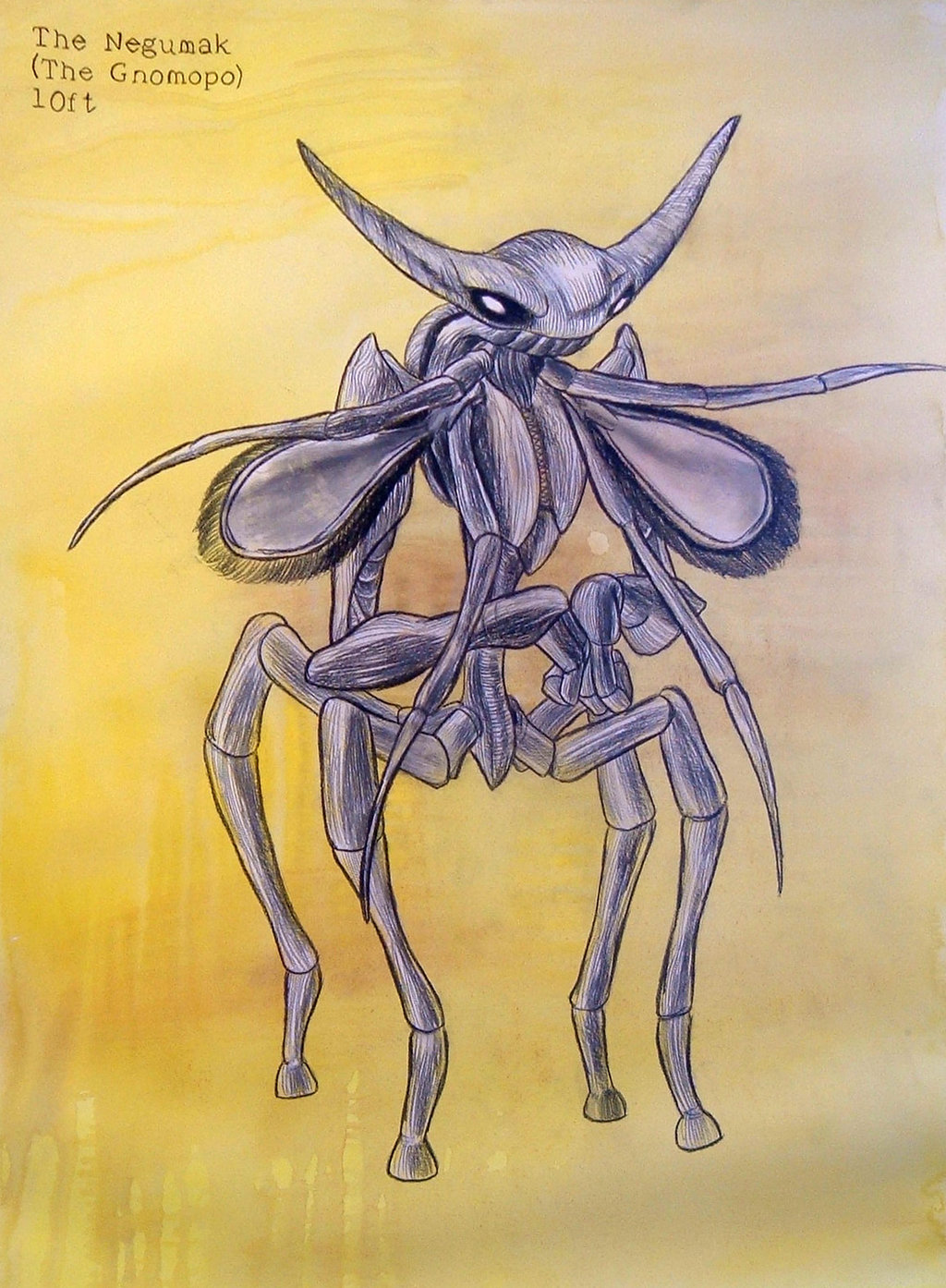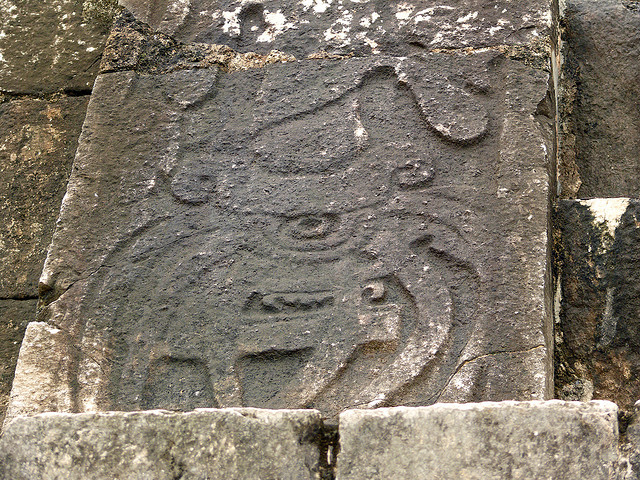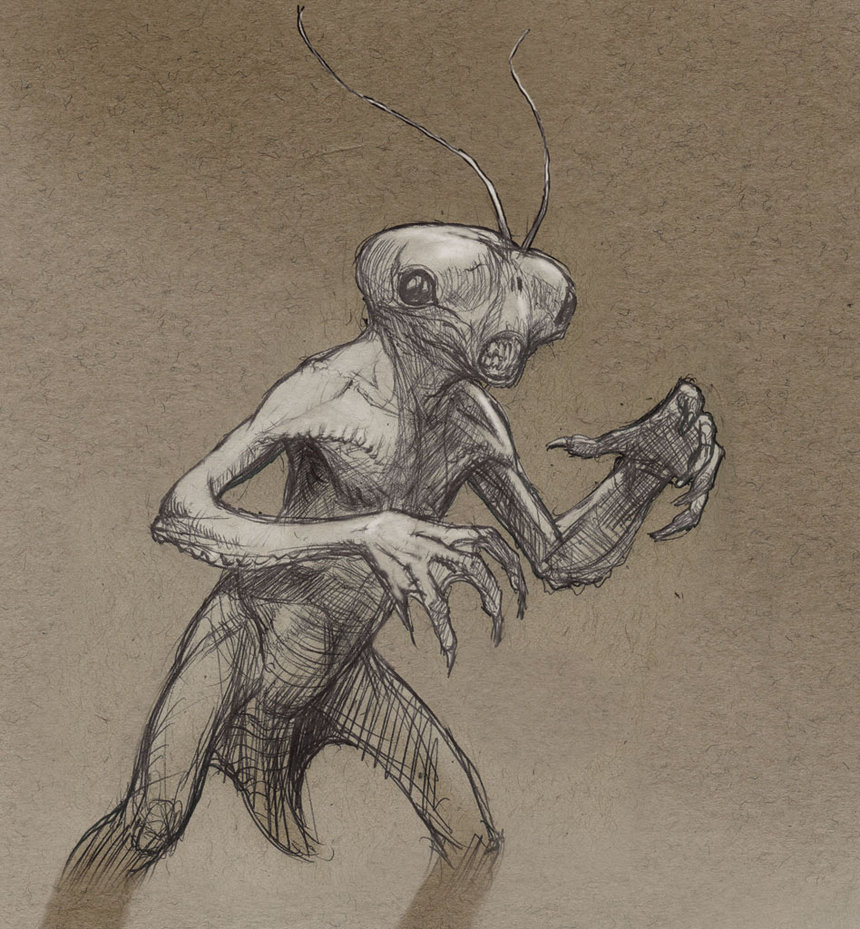
Name: Negumak AKA: Gnomopo Location – Home System: Distance from Earth: Attitude: Motives: Physical Appearance: Average Height: Average Weight: Body Temperature: Pulse/Respiration: Blood Pressure: Hair: Skin: Eyes: Life Expectancy: Other Physical Information: Special Traits and Abilities: They exercise control over the minds of captive people (abducted human) which they use for unknown purposes after their release. Communication Type: Origin: Life Form Type: Insectoid Subspecies: Most Common Species: Level of Species: Habits: Transportation Type: Witnesses Reports: Special Features/Characteristics: Summary/Description: Race Negumak aka Gnomopo considered newcomers to Earth. First, visit 1989. These were the real inspiration for the alien creatures in the movie ” Independence Day” They are one of the most ancient alien races in existence! (as far as we know). They are also the race […] Read More





